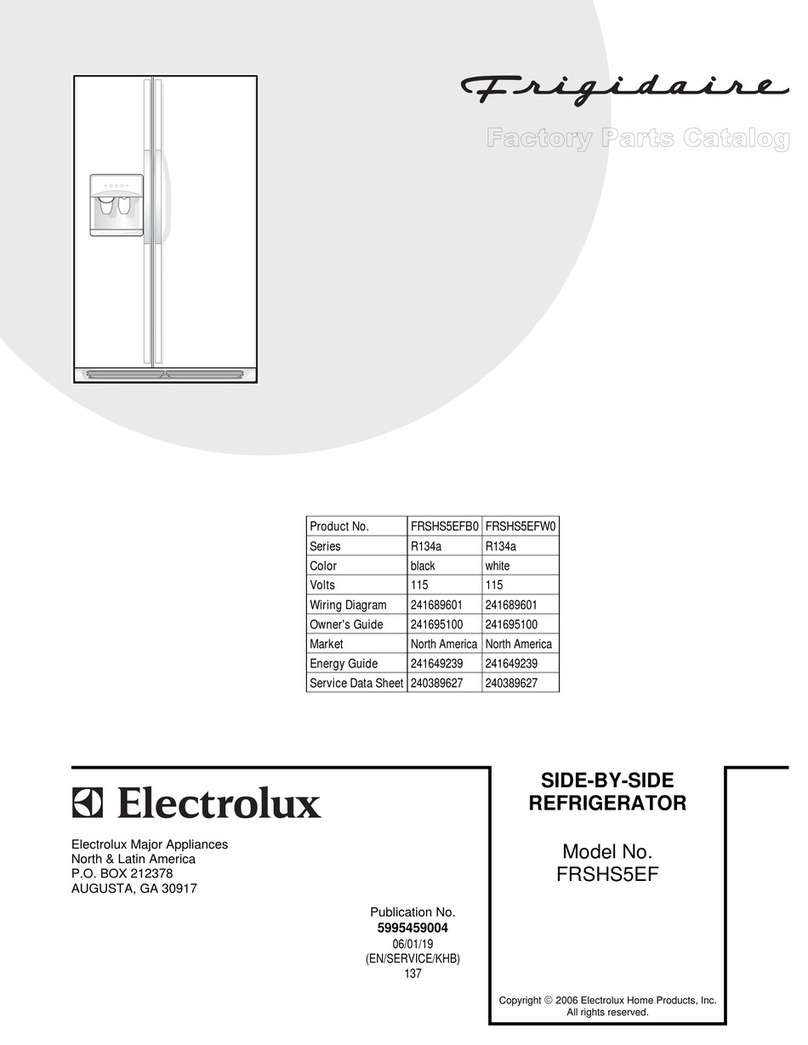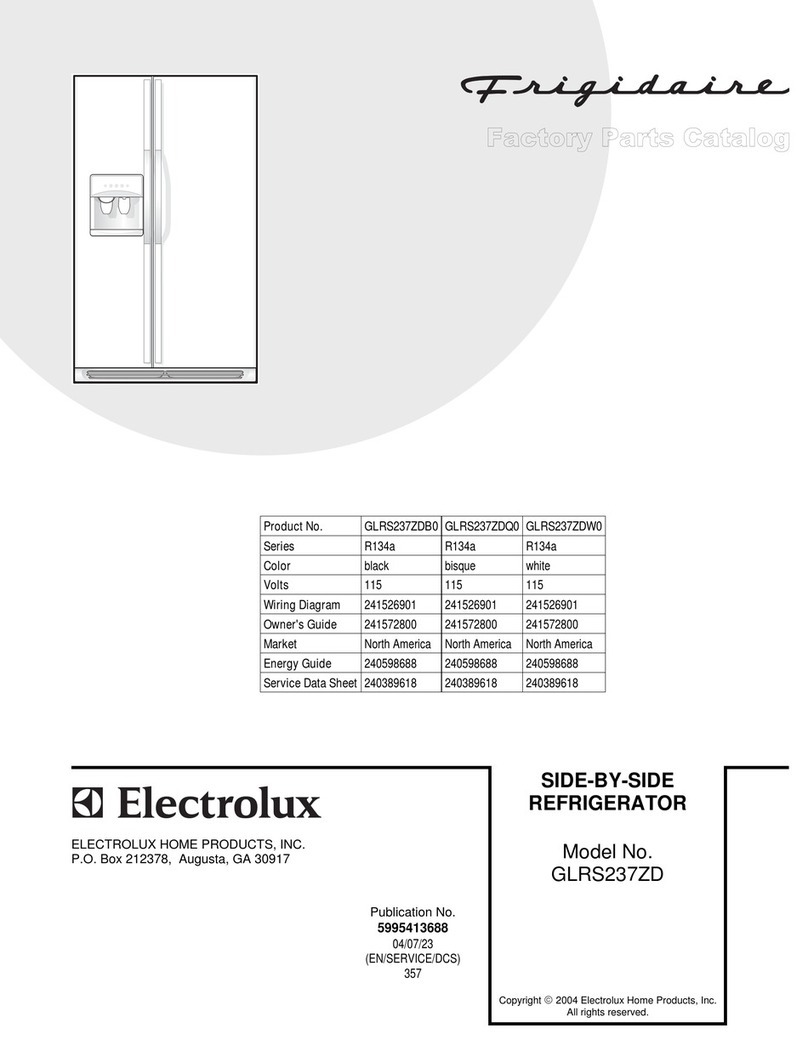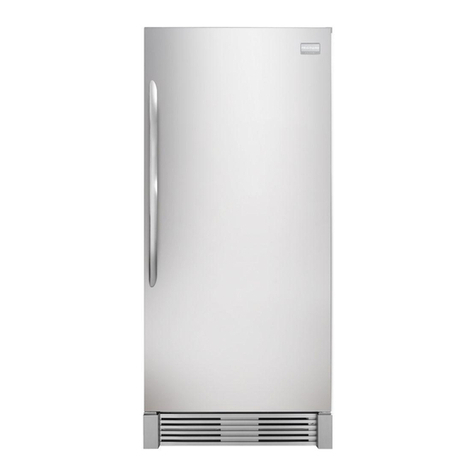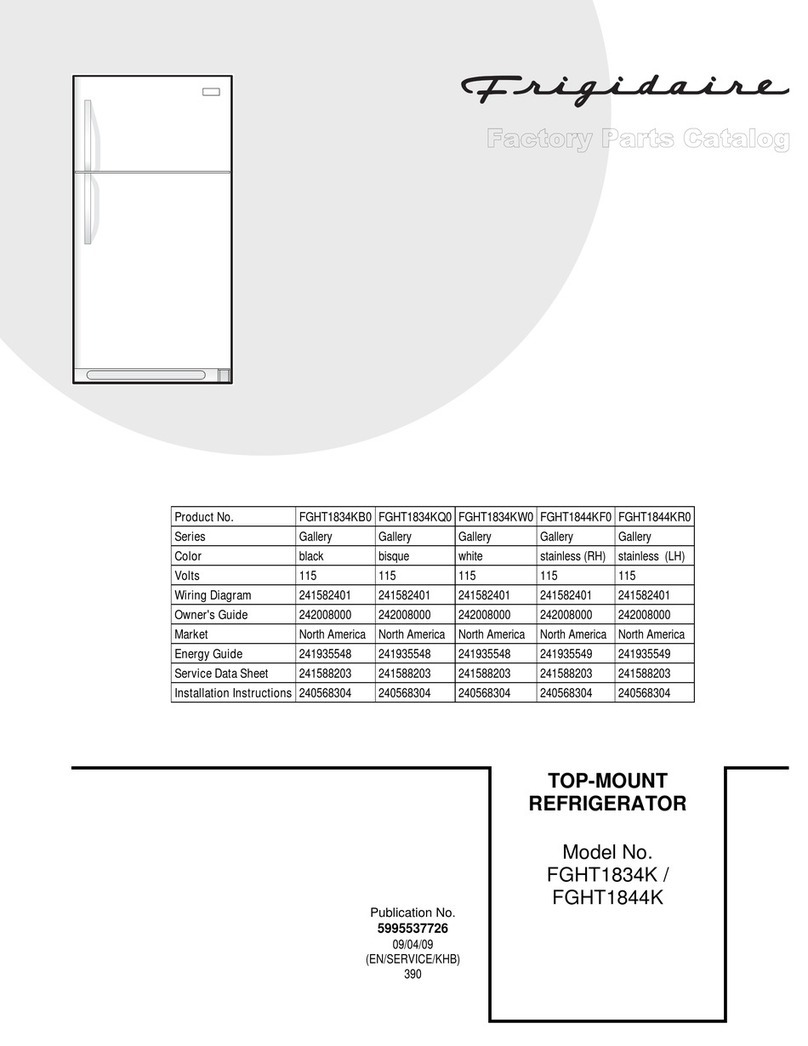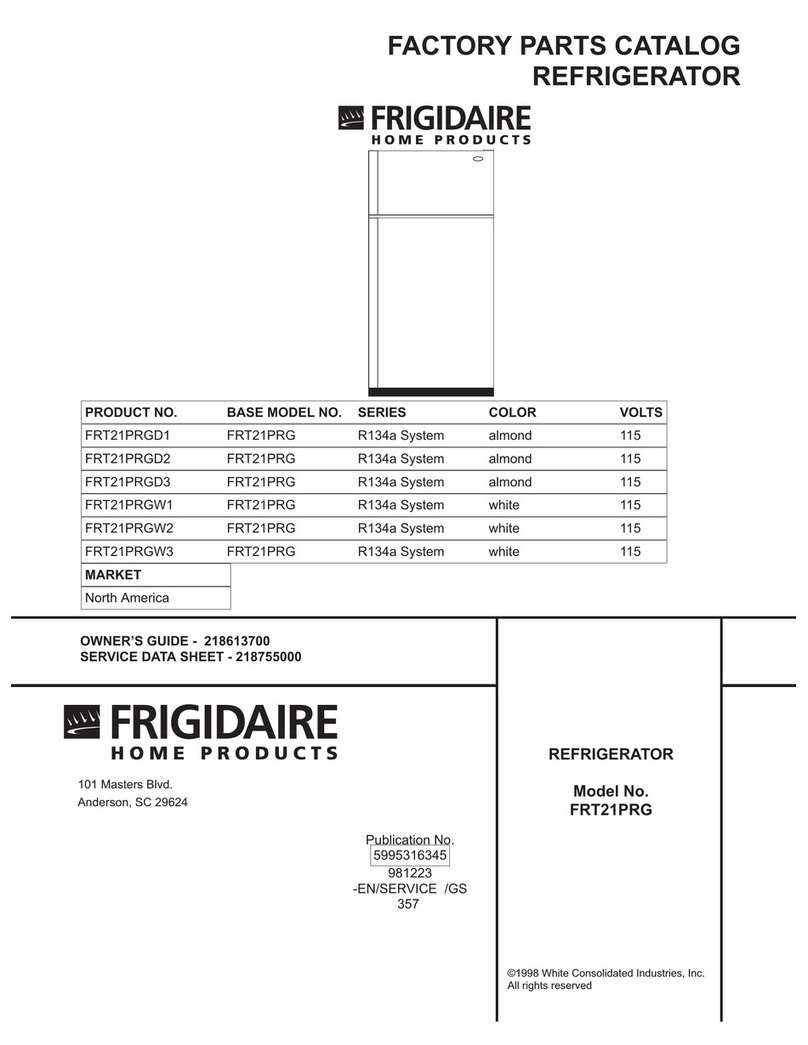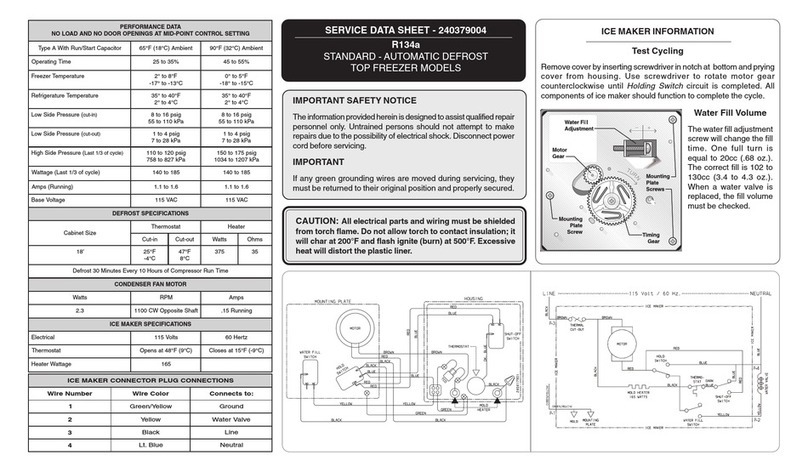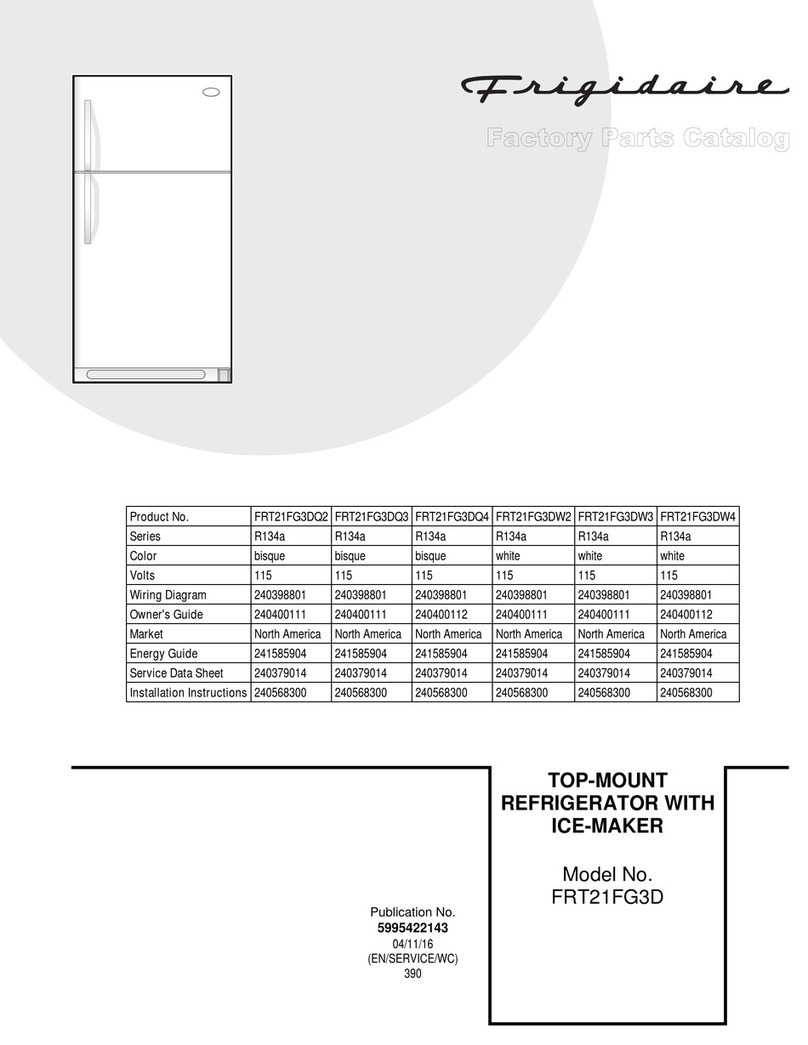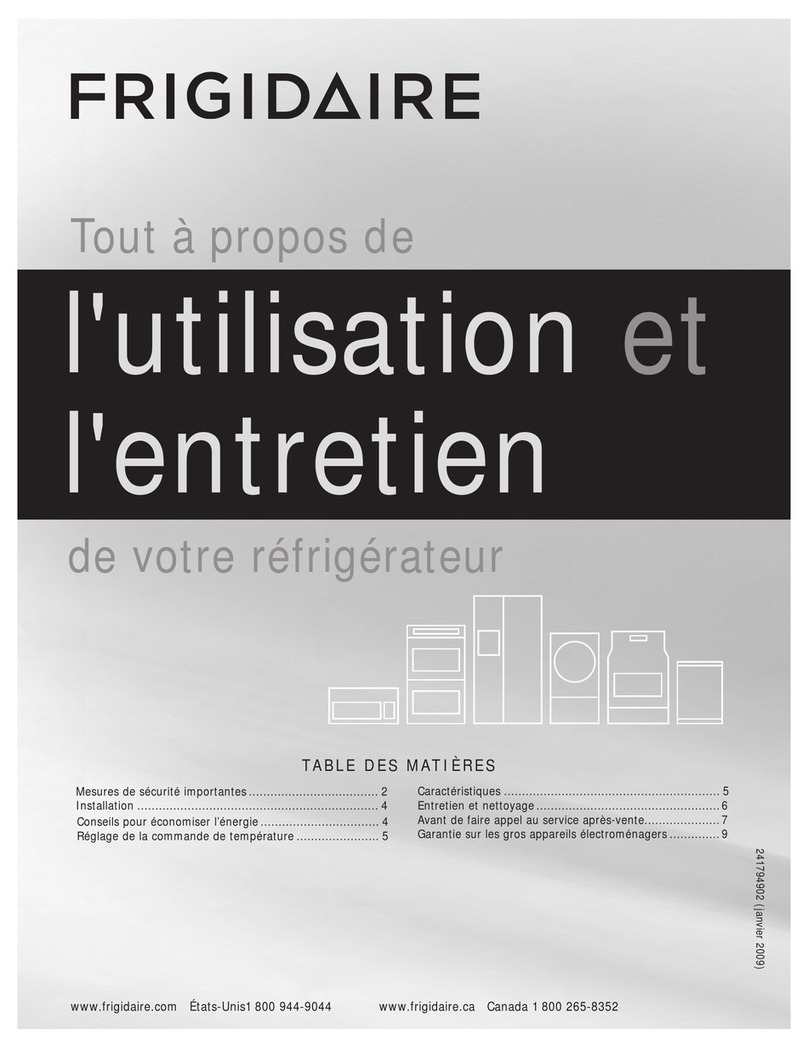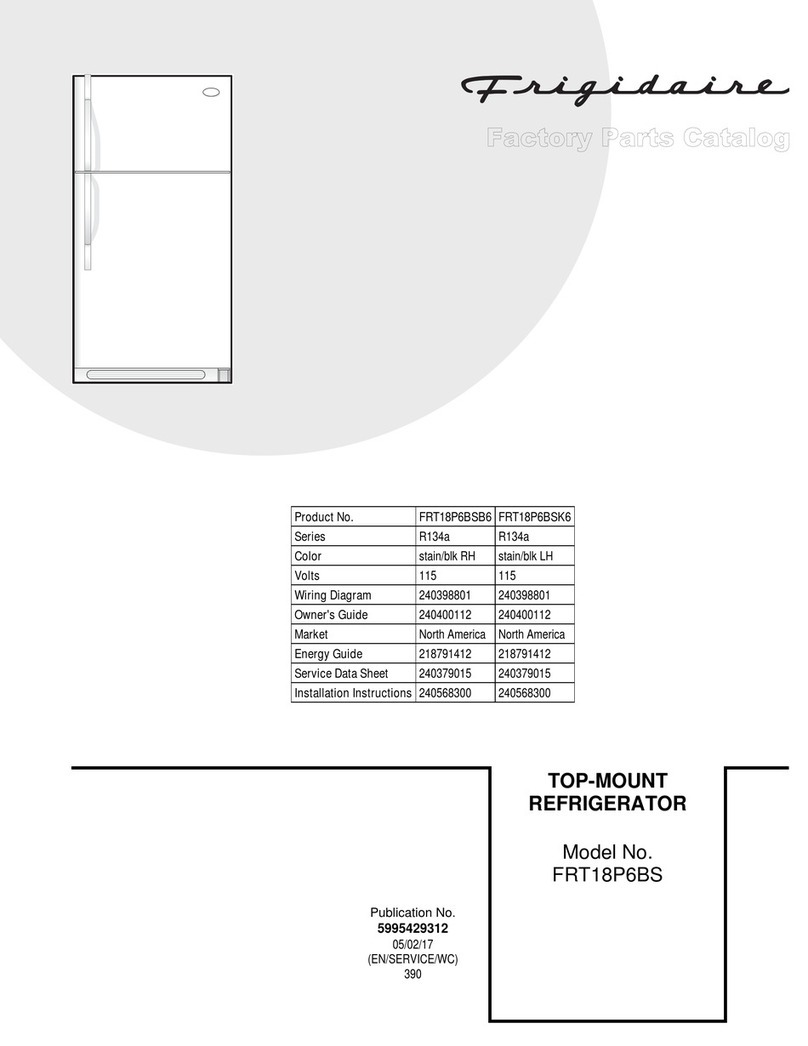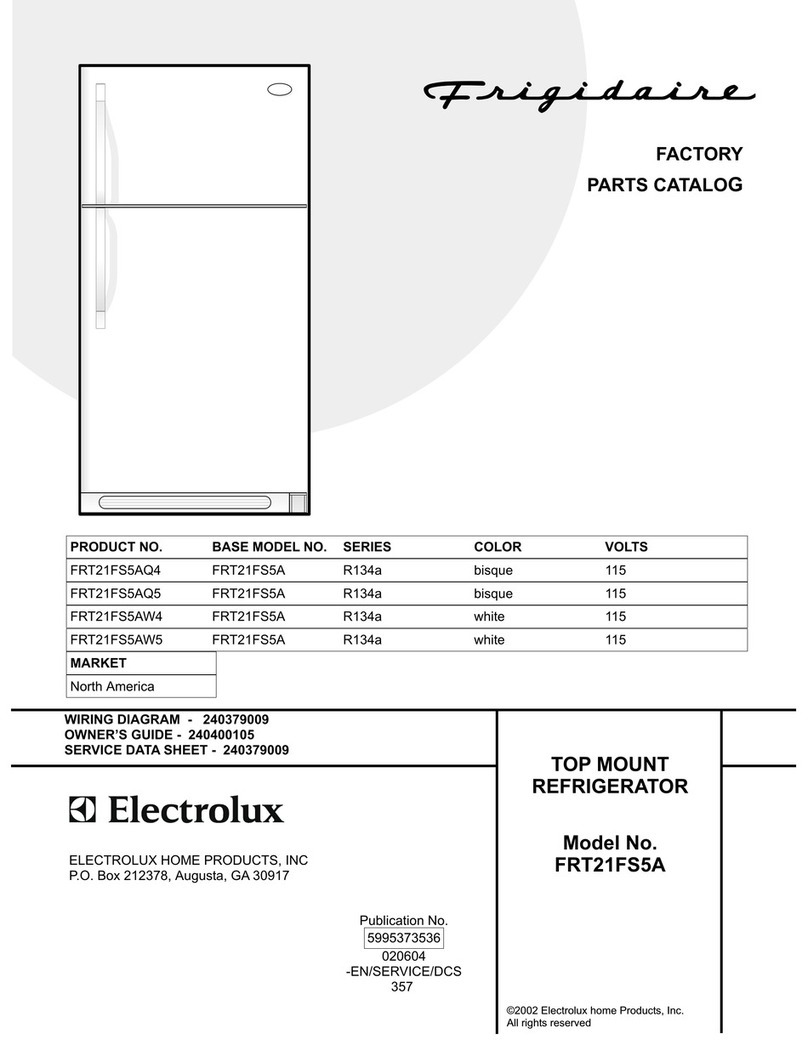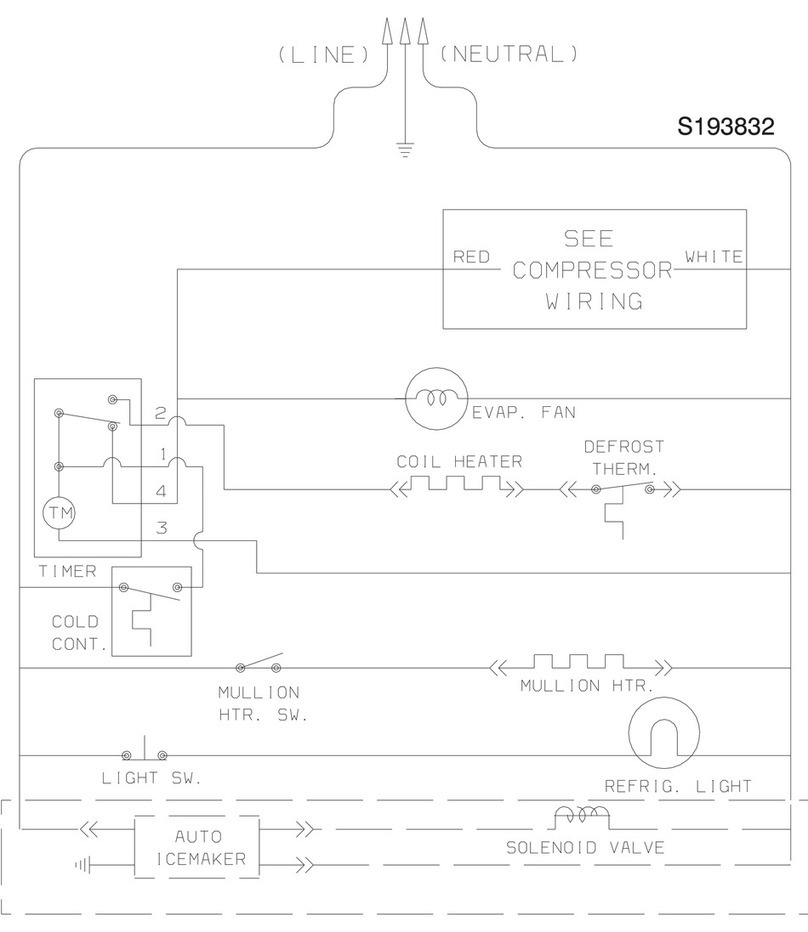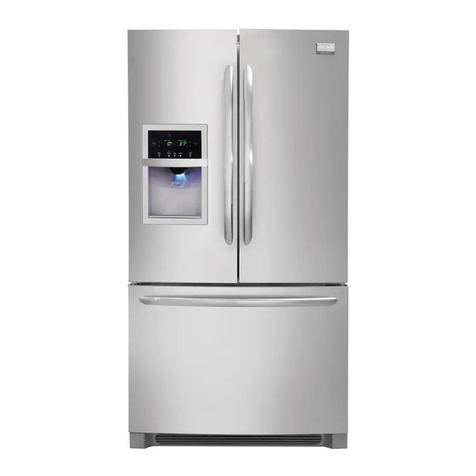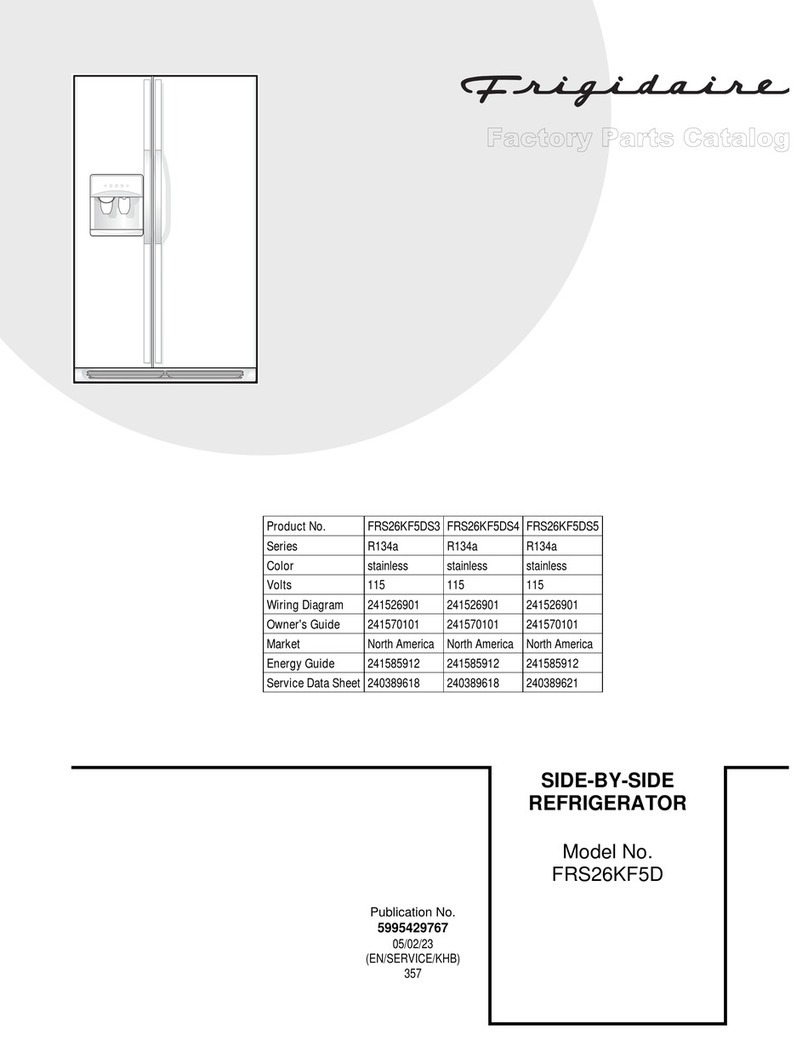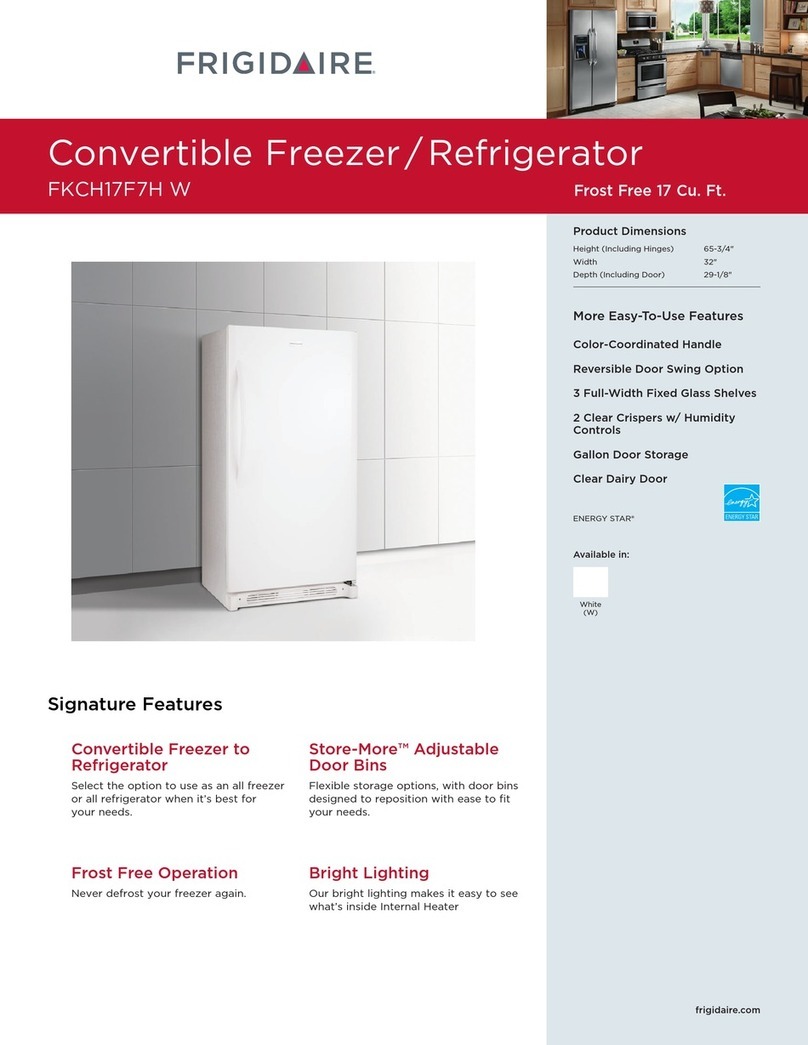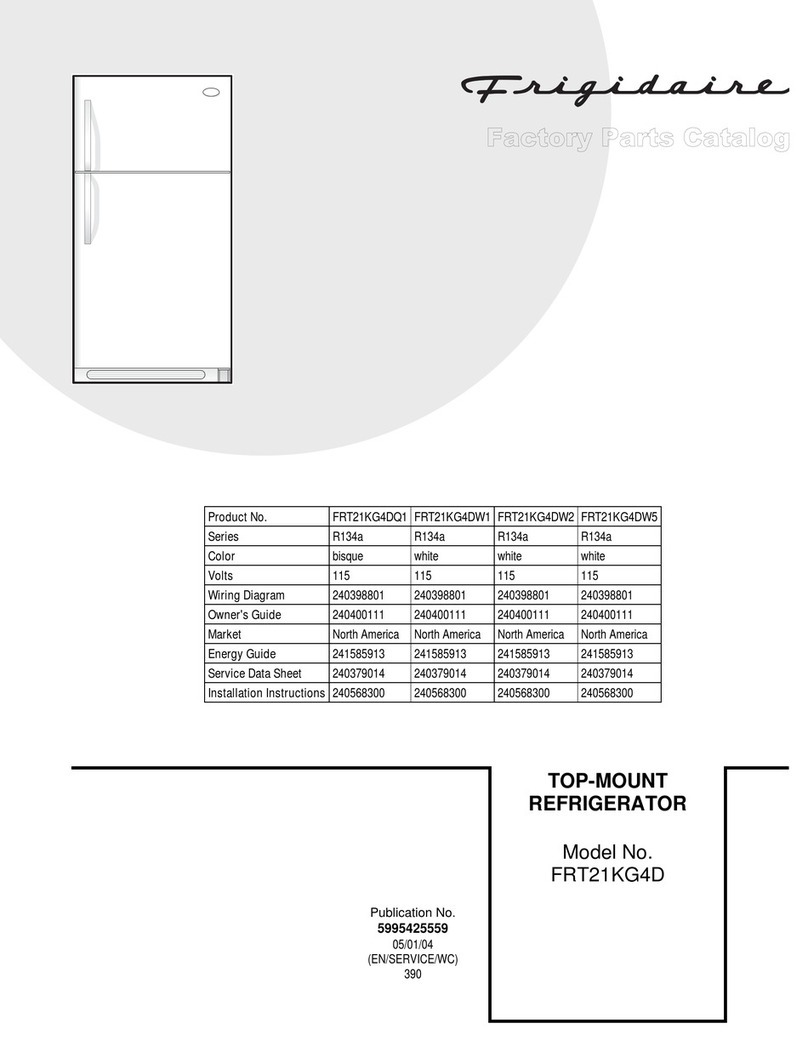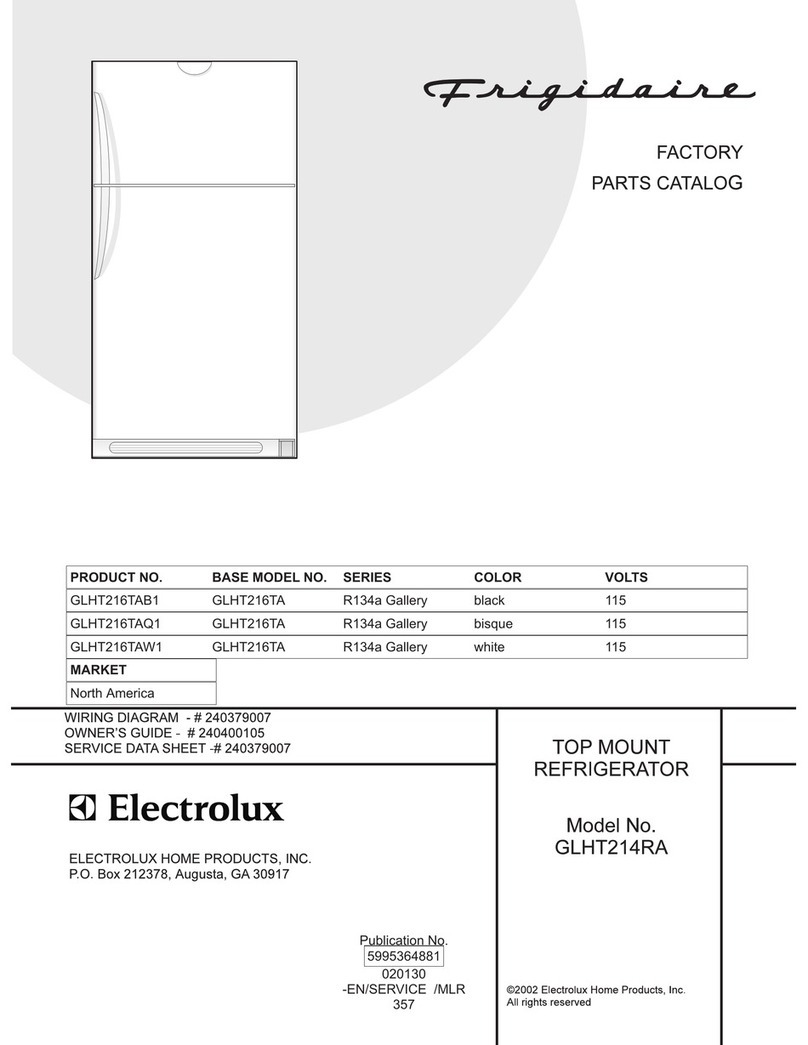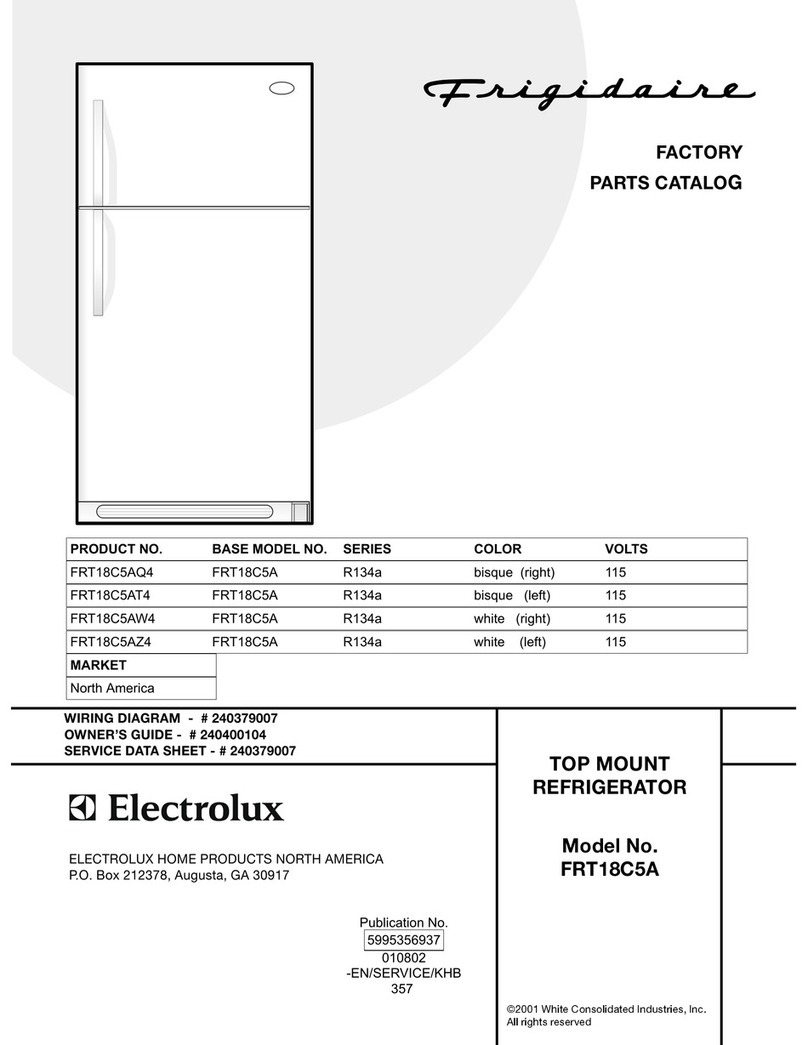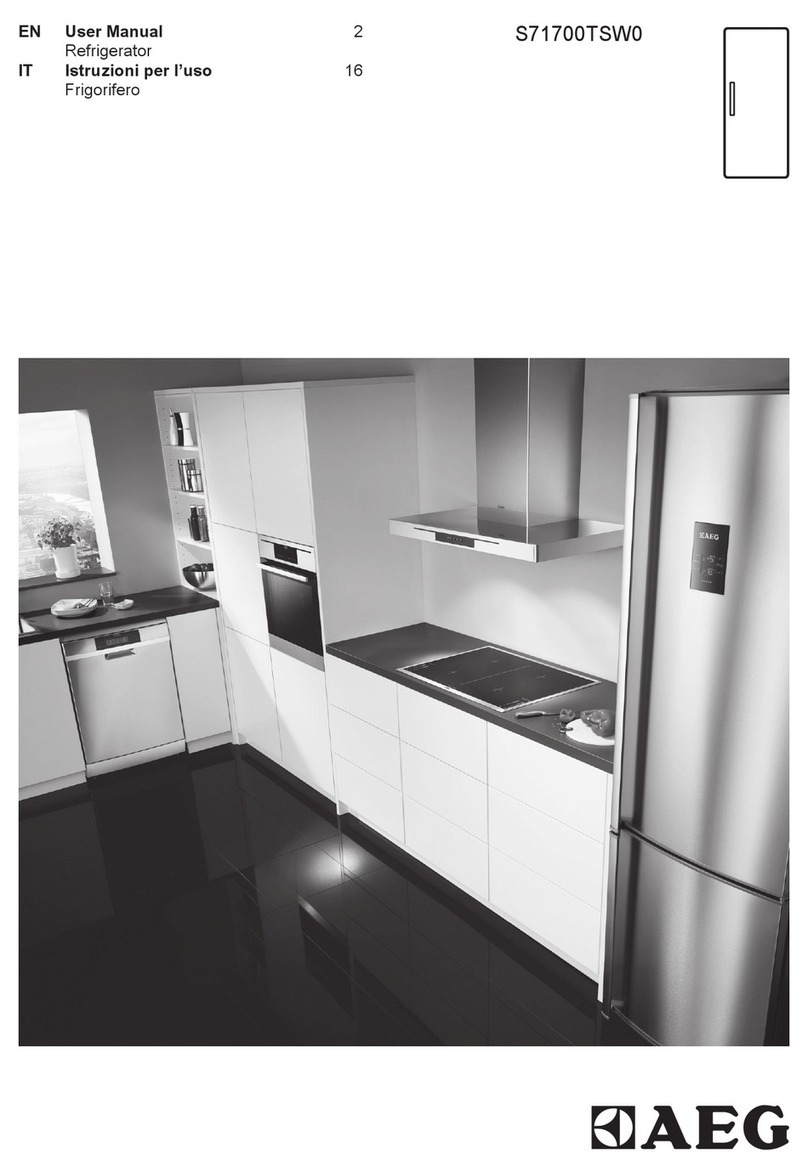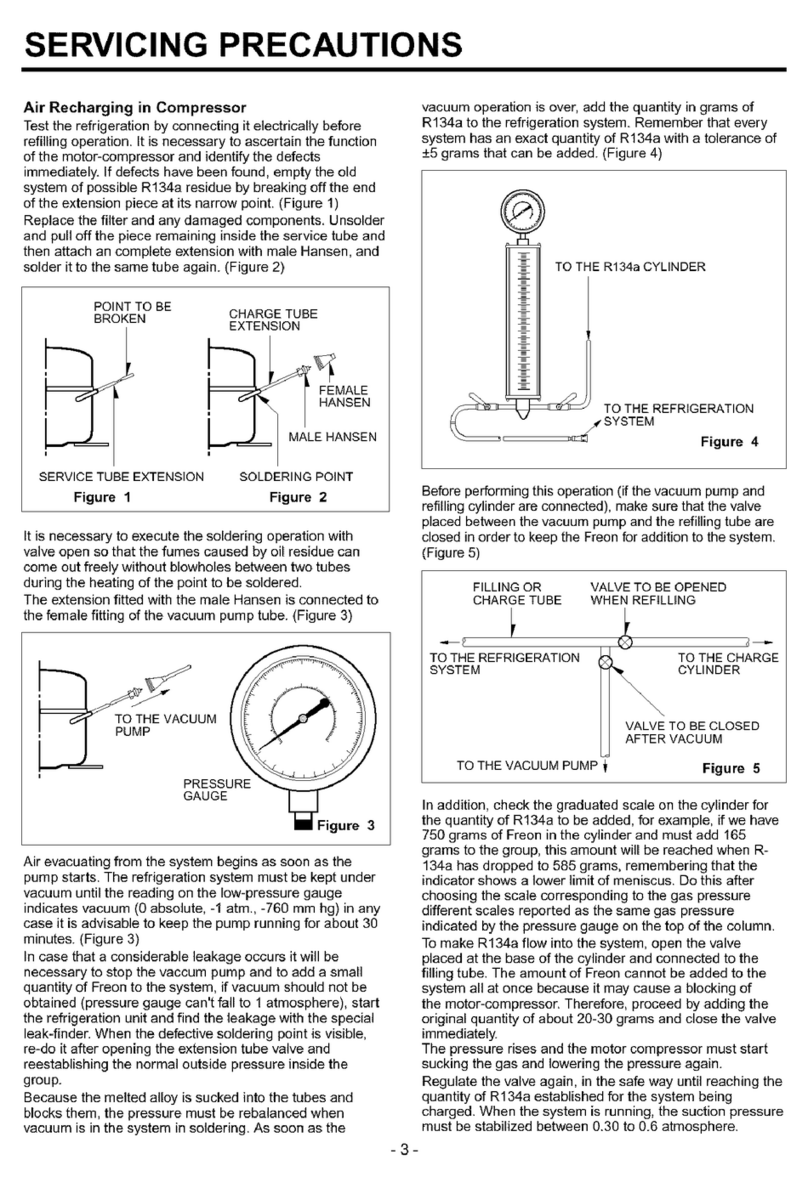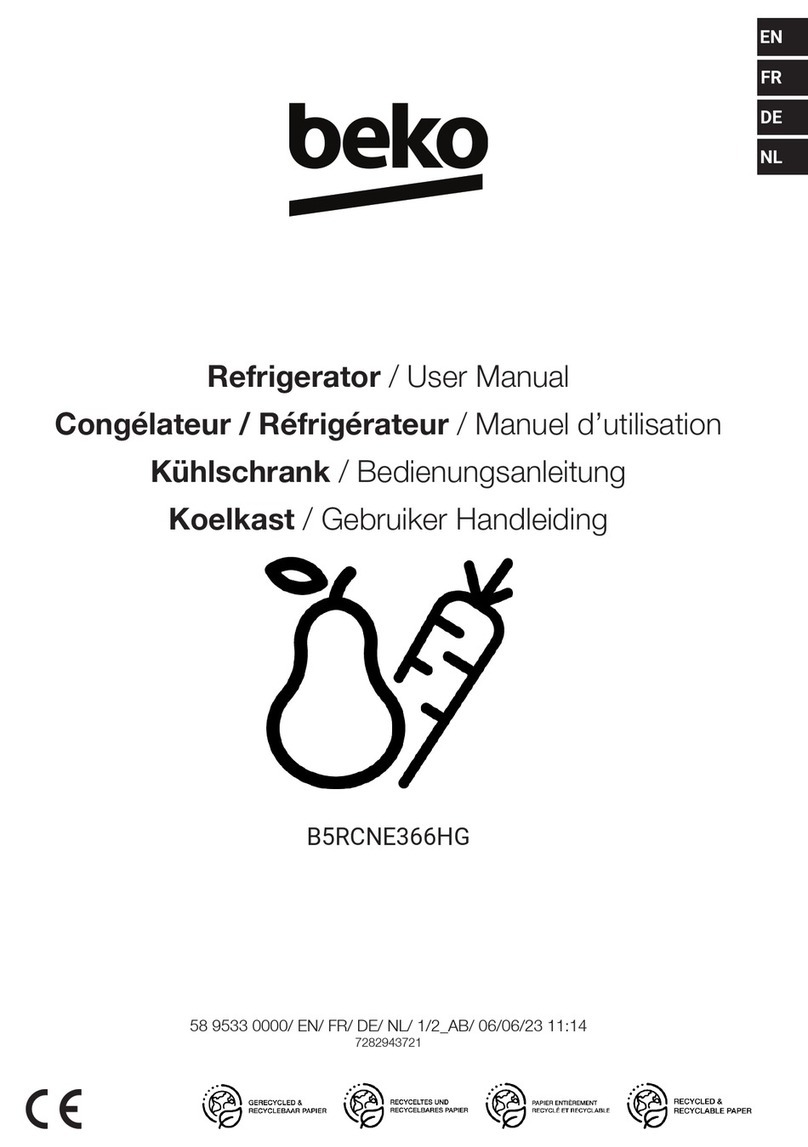8
How to make ice cubes
To make ice cubes fill the enclosed ice cube tray with
water and put it to the frozen food compartment.
Wetting the bottom of the tray and setting thermostatic
control knob to maximum stage can shorten preparing
time. After finishing do not forget to reset the
thermostatic control to the suitable stage.
Ready ice cubes can be taken out of the tray under
running water then twist or hit it.
Some useful information and
advice
The variable shelves are worth paying attention
to, which increases the usefulness of the fresh
food compartment considerably. Rearranging the
shelves is also possible when the door is open at an
angle of 90°.
Hints and ideas
In this chapter practical hints and ideas are given
about how to use the appliance to reach maximum
energy saving and there is environmental information
about the appliance as well.
How to save energy
Avoid putting the appliance in a sunny place and
near anything that gives off heat.
Be sure that the condenser and the compressor
are well ventilated. Do not cover the sections where
ventilation is.
Wrap products in tightly closing dishes or cling film
to avoid building up unnecessary frost.
Do not leave the door open longer than
necessary and open it when it is needed.
Put liquid into the appliance only in a closed
dish.
Put warm foods and liquid in the appliance only
when they are at room temperature.
Defrost the appliance when the ice in the
frozen food compartment is more than 4-5
mm thick.
Keep the condenser clean.
The appliance and environment
This appliance does not contain gasses which
could damage the ozone layer, in either its
refrigerant circuit or insulation materials. The
appliance shall not be discarded together with the
urban refuse and rubbish. Avoid damaging the
cooling unit, especially at the rear near the heat
exchanger. Information on your local disposal sites
may be obtained from your municipal authorities.
The materials used on this appliance marked with
the sympol are recyclable.
Maintenance
Defrosting
Bleeding part of the moisture of cooling chamber in
form of frost and ice goes with the operation of the
refrigerator.
Thick frost and ice has an insulating effect, so it
reduces cooling efficiency as the temperature
increases, it needs more energy, at a certain
thickness it does not allow the door of the frozen
food compartment to open, possibly the door can
be broken.
At this type of appliance defrosting is so-called
semi-automatic.
How to use the fresh food
compartment
For adequate cooling developing interior air
circulation is necessary. For this reason you are
asked not to cover the whole surface of the wire
shelves with paper, trays, etc.
Do not put hot food into the refrigerator.
Allow it to reach room temperature naturally.
In this way the unnecessary frost building up can
be avoided.
Foods can take over odours from each
other. So it is essential to put foods in
closed dishes or wrap them in cellophane,
aluminium foil, grease-proof paper or cling film
before placing them into the refrigerator. This way
foods will keep their moisture e.g. vegetables will
not dry out after some days.
